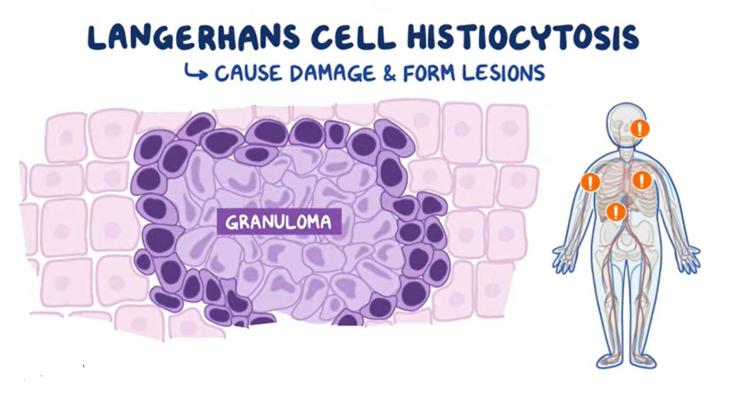The Lancet Regional Health - Americas,
Volume 18,
2023,
100434
In response to the UN-resolution from 2021, these authorsprovide recommendations for lawmakers and policymakers in Brazil, Peru, and Colombia on how to improve public policies and national legislation for persons living with rare diseases in these three countries, based on interviews with patient advocacy groups.
This chapter aligns with Goal 14: Life Below Water and Goal 3: Good Health and Wellbeing by highlighting some of the many beneficial pharmaceutical applications of marine algae bromophenols.
Elsevier,
Current Trends and Future Developments on (Bio-) Membranes: Membrane Technologies in Environmental Protection and Public Health: Challenges and Opportunities, Volume 1, 1 January 2022
This chapter aligns with Goal 3: Good health and well-being and Goal 15: Life on land by summarizing the mechanisms through which different forms of pollution impact human health, with particular emphasis on air, water, soil, and noise pollution.
This Article supports SDG 3 by assessing uptake of lung health checks by eligible adults in socioeconomically and ethnically diverse areas and finding that inequalities between groups persist.
This article ties to SDG 3. The objective in the current review is to provide an update on the development of new pharmacological treatments for anxiety disorders and PTSD.
This piece highlights the importance of a culturally-sensitive approach to the management of infectious diseases and wellness for Indigenous people that take into account the rich and specific cultural milieu of the different populations to make decisions together.
This article highlights the continuity of care where new culturally specific midwife continuity models had been recently implemented.
Located within a community-controlled health service, the Australian Nurse-Family Partnership Program can foster cultural connection, peer support and access to health and social services; all contributing to self-efficacy.
According to this study, multimorbidity was highly prevalent and dying in hospital during a palliative care admission is common for Indigenous Australians. These data can inform end-of-life care and health service planning for Indigenous Australians living with heart failure and cardiomyopathy.

This article ties to SDG 3. This resource, created together by Osmosis and the National Organization for Rare Diseases (NORD), aims to increase the knowledge and awareness about the rare disease Langerhans Cell Histiocytosis (LCH), a proliferation of abnormal histiocytes, which are inflammatory immune cells that constantly patrol the body for invaders and can infiltrate multiple body parts including the bones, skin and nervous system.
